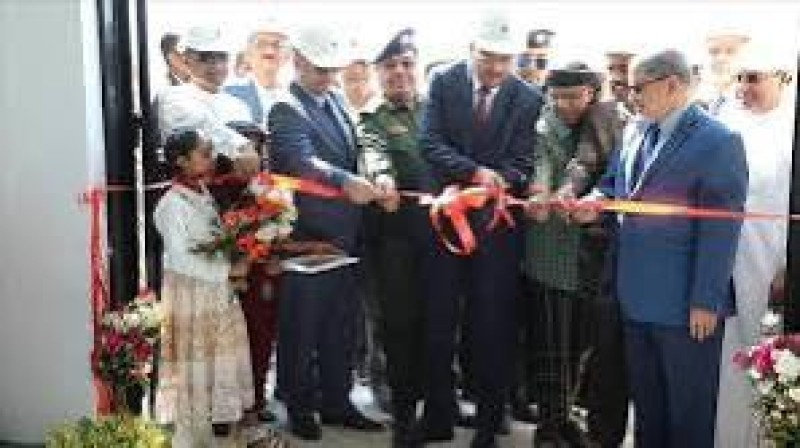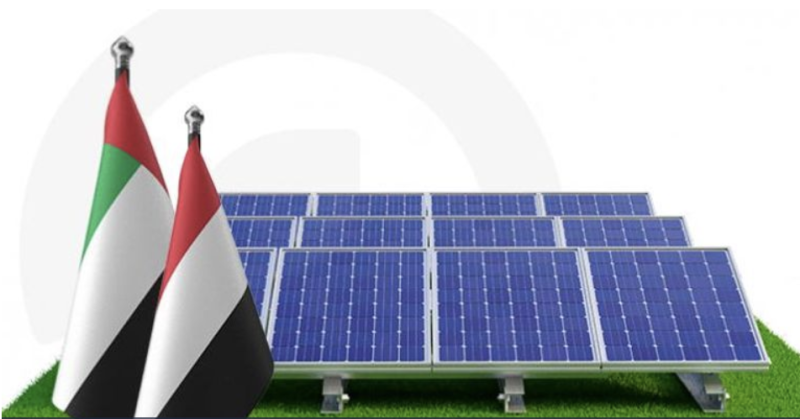IOM Yemen: Situation Report May 2021


SITUATION OVERVIEW
With Yemen entering its rainy season, heavy rains continued to cause severe flooding in the first week of May, directly impacting 6,855 households. Most of the affected people were internally displaced persons (IDPs) who are already living in inadequate shelters. The largest impacts of floods were experienced in Aden, Hadramawt, Hajjah, Lahj, Abyan, Dhamar, Ma’rib and Al Bayda governorates.
Two-thirds of Yemen’s population remain in need of humanitarian assistance after seven years of conflict. The situation is aggravated by a weakened economy with the Yemeni currency continuing to depreciate and rising inflation, which is eroding purchasing power and making access to commodities more challenging. All of this is contributing to increased levels of food insecurity in nearly all governorates. The Integrated Food Security Phase Classification (IPC) projected that 16.2 million people (54% of the total population analyzed) were likely to experience high levels of acute food insecurity in the first half of 2021.
The situation for IDPs continued to be challenging throughout May. IOM’s Displacement Tracking Matrix (DTM) estimated that 3,570 people were displaced during the month, bringing the total number of displaced so far in 2021 to 46,312 people . In Ma’rib, the displacement crisis shows no sign of improving, with fighting concentrated across northwest, west and south-west of the city, affecting people in Sirwah district the most. As of the end of May, over 2,650 households (HHs) were displaced in Ma’rib since the start of this year, making a total of nearly 21,545 displaced households since January 2020 when the escalation at that frontline began. IOM continues to also scale up its response along the west coast of the country, where there are large gaps as a result of growing displacement and limited partner presence. Since the start of the conflict, thousands of IDPs have fled to areas in Ta’iz and Al Hodeidah – close to 50,000 people in 2020 alone. Most displaced people are living across a staggering 156 IDP hosting sites, facing limited access to basic and health services.
Despite the ongoing conflict and humanitarian crisis, migrants continue to arrive in Yemen, although in much smaller numbers than before the COVID-19 pandemic. IOM’s DTM estimates that 489 migrants arrived in Yemen during May, with an estimated total of 6,444 migrant arrivals since the beginning of the year. Most migrants are unable to access basic services and are in dire need of food, shelter, health and protection assistance. So far, IOM has facilitated the safe return of 331 migrants to their home countries of origin–329 of whom were Ethiopian–through its Voluntary Humanitarian Return (VHR) programme, which is a lifeline for stranded migrants in Yemen. The Organization is also exploring extending VHR to Ma’rib and Sana’a. IOM continues to advocate for migrants’ rights in Yemen and provide emergency assistance to those transiting through and stranded in the country.

Aden — Ports under the authority of Yemen’s internationally recognized government have received more than two million metric tons of fu…

Mukalla — Local authorities in Hadramout have announced the inauguration of Yemen’s first solar-powered cement station, a landmark proj…

AbuDhabi -- The United Arab Emirates has pledged $1 billion to bolster Yemen’s electricity sector, marking one of the largest development com…